Insurance
We help insurers navigate disruption, manage regulatory change and integrate technology to transform and achieve growth.
All sectors face challenges. But, in insurance, the list is especially long. Profound regulatory change. Unprecedented opportunity in emerging markets. Lingering economic uncertainty. Technology-driven disruptions. Rising consumer expectations. Intense cost and competitive pressures. Through our services, we can help you address these issues — and embrace innovation and transformation to improve performance and drive long-term growth.
Our global team of professionals combines industry knowledge and technical experience to help with your most pressing issues. Whether through our tax and audit advice or our innovative advisory services, we help insurers explore M&A strategies, adopt new business models, develop new products, embrace technology, optimize customer experience and address shifting workforces.

How life insurers are transforming to deliver value for better living
Our latest thinking
Explore our case studies
The team
Contact us
Like what you’ve seen? Get in touch to learn more.




